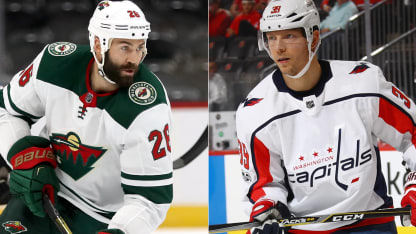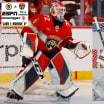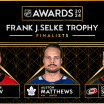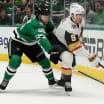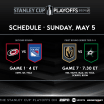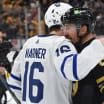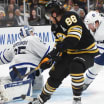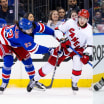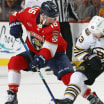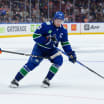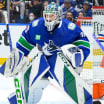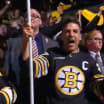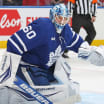Each season, a raft of unsigned veteran players try to extend their NHL career by attending training camp on a professional tryout contract (PTO). It is a last-gasp effort by each player to prove he belongs in the NHL and a risk-free opportunity for each team to see what the player has left.
This preseason was no exception. Veterans across the NHL showed up at camps looking to earn a job; some succeeded, others failed. Here is a look at, and one telling statistic about, the higher-profile players who made the most of their opportunity:
NHL metrics help players on professional tryout contract show value
Winnik, Franson, Booth, Chiasson among those to take advantage
